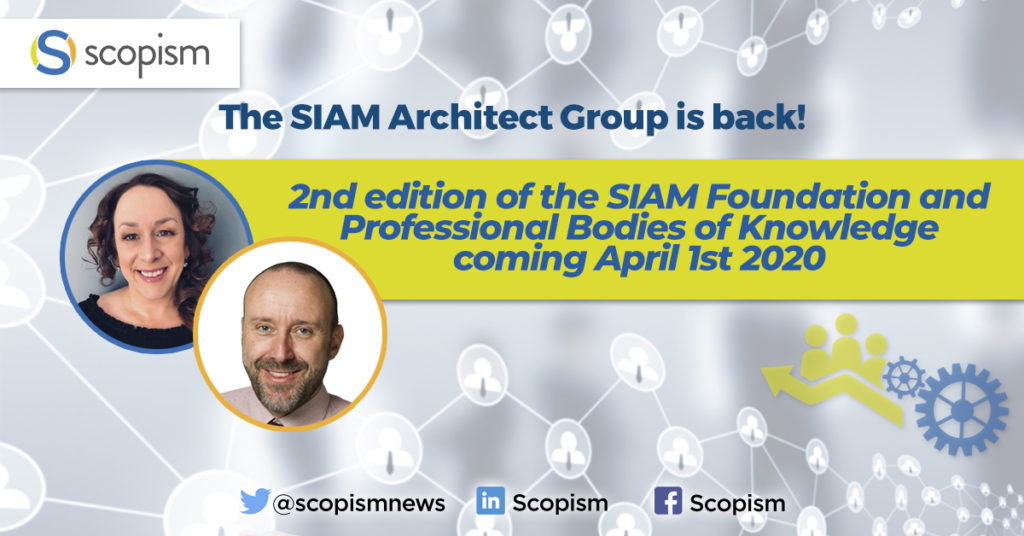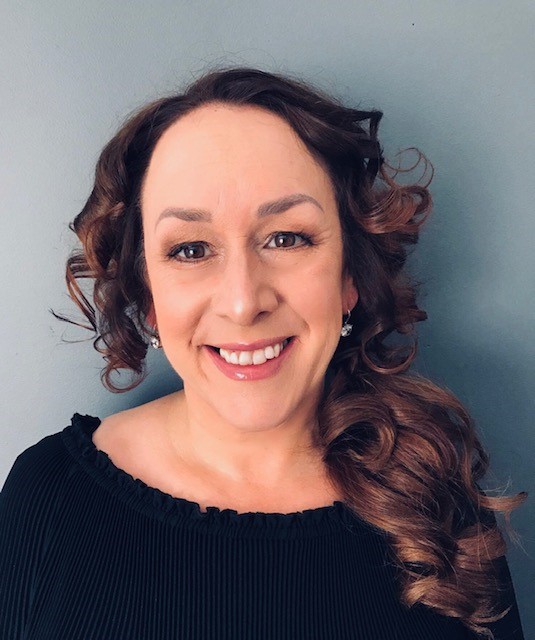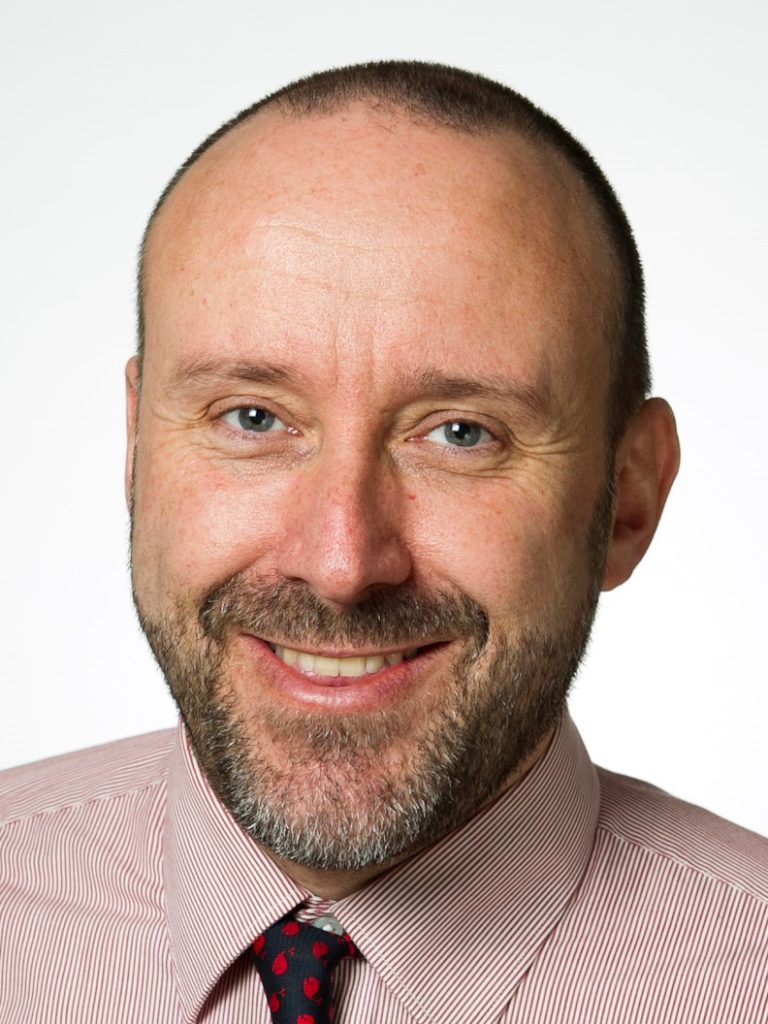Coming soon
As promised, here we are back with news on the refresh plans for the SIAM Bodies of Knowledge, due for launch early 2020.
In our last architect’s blog, we explained the rationale for the refresh, this, to keep abreast with recent changes within our industry to best practices and standards and of course the evolving maturity of SIAM knowledge. As we are getting close to finalising the content we are now in a position to share some snippets about what you can expect.
But before we do, allow us to share a little on the creative process.
As we said in the last blog the volunteer team is smaller, but nonetheless still global. Cultural differences, languages and time zones caused some interesting challenges. But, after all managing multi functional teams is one of the (people) practices described in the SIAM Foundation BoK. We started by defining the sections in the current SIAM Foundation BoK that needed a review, and content that should be added. Similar to how we worked last time, we have had dedicated content authors and reviewers for the specific sections. The approach taken has been to run two-week cycles of activity with author teams and reviewers. After each cycle, there was a virtual group meeting, taking stock of the outcome of the previous cycle and settings the objectives for the next one. Once content for each section was created, we moved to a group of end-2-end reviewers, again with two-week cycles of activities and progress calls. These conference calls have been interesting with a global team, some claiming to be tucking into their first beer, others their first coffee of the day!
Foundation – what to expect…
We have tried to limit the changes in the Foundation BoK. It was importance to take the approach that the change needed to be a valuable one, adding to the fundamental SIAM principles, and not ‘change for changes sake’. This is an ethos that prevailed over the approach to both BoKs but certainly in Foundation, since the SIAM concepts and core principles have remained the same this and we did not want people to have to ‘start again’. This is certainly an intended ‘light touch’ update.
Our changing service management world
So, what can you expect …? Well, of course we have had to acknowledge the high-profile changes to service management best practice. There was the launch of VeriSM in 2018, with its useful content on a service management approach for the digital age and the use of a Management Mesh to allow navigation of the best practices and technologies required for modern digital services. Of course, in February this year we had the launch of ITIL 4, which still represents one of the best known practices for service management. Plus, an updates to COBIT (2019) which also needed to be acknowledged and discussed in the publication (with ITIL and COBIT both already described in the current version).
…and the standards too…
We also found the specific description of the international standard ISO/IEC 20000 somewhat limiting and we wanted to introduce other standards which can be of significance for SIAM, such as ISO 44001 which specifies requirements for the effective identification, development and management of collaborative business relationships within or between organisations.

Keeping things simple and practical
As said, we wanted to keep things simple and looked at streamlining some areas. Our experience has been that many of the currently identified challenges (and mitigations) seem to overlap and thus we have simplified some of the guidance around SIAM challenges as well as the SIAM practices.
The SIAM guidance on practices differentiate it from other management frameworks and these should not be confused with processes or the ITIL 4 concept of practices.
SIAM practices support on management, assurance, governance, integration and coordination across the layers and a focus on guidance about people, process, measurement and technology practices within a SIAM ecosystem.
This also led to some minor updates to the Process Guides, most notably the addition of Request Management.
The most significant change
More and more we are asked how a SIAM ecosystem, which deals with the importance of a robust governance framework and defined responsibilities, can be integrated with approaches like DevOps, Lean and Agile which tackle the concept of governance differently.
When we consider DevOps, Lean and Agile, they focus on a number of concepts such as process automation, agility in build, test and release cycles and shorter sprints of activity. Of course, from a SIAM point of view, concepts from these approaches such as building a culture of collaboration between teams that historically functioned in relative siloes align wholly with the SIAM focus on getting service providers to work effectively together. However, as these approaches suggest devolved responsibilities, autonomy and decision making within teams they can create a challenge for the service integrator function whose role is to create the magic (management, assurance, governance, integration and collaboration).
So, we have tackled this with an updated description for these approaches in the Foundation BoK, and explored it even more from in the Professional guidance with SIAM road map aligned advice on the core considerations for making these practices work well in a SIAM ecosystem. That completes our brief summary of what to expect in the second edition of the SIAM Foundation Body of Knowledge. In our next mini blog, we will share details of the content of the SIAM Professional BoK refresh. So, check in with us soon to hear all about that and be sure to follow us on Twitter.

About the authors

With a combined experience of over 50 years in service management, Michelle and Simon Dorst are well known in the industry.
They are Lead Architects for the Scopism Service Integration and Management Professional Body of Knowledge (BoK) and founder members of the SIAM Foundation BoK architect team, as well as Subject Matter Experts for both EXIN and BCS in developing the accreditation around this. The team was awarded Thought Leaders of the Year at the Professional Service Management Awards by the itSMF UK (in 2017).
Both have been an active committee member of various service management groups and forums for many years, including the itSMF in WA. They shared the award of ITSM Thought Leader of the Year in 2018 and were both the Service Management Champion of the Year (Michelle in 2017, Simon in 2018) from itSMF Australia.
Michelle was also awarded HDIs Top 25 Thought Leaders in Technical Support and Service Management for 2020.



